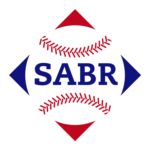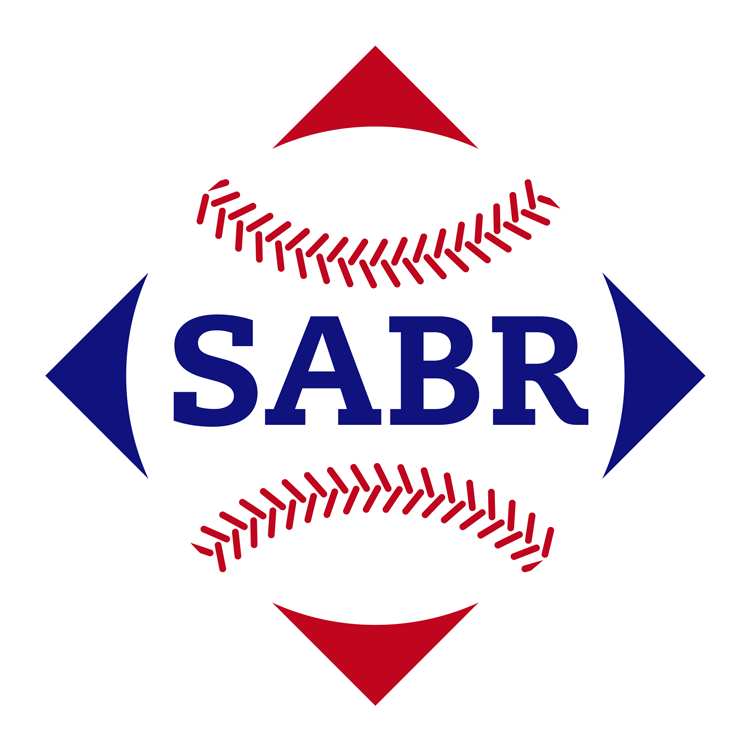
The latest Sim Auction was defined by strategy, unpredictability, and a razor-thin margin of victory. This edition introduced a new twist: bidding on players’ careers from the decade of the 1970s rather than specific seasons, with the final selections left up to the randomness of fate. It injected an element of uncertainty that made the auction feel more like a high-stakes Fantasy Baseball league, rewarding bold decisions while punishing tentative ones.
At the heart of the competition was a strategic clash between Jason Besly and Derek Bain, two owners who took wildly different approaches to assembling their teams. Besly embraced risk, making aggressive bids on players with the hope of landing elite seasons through randomization. His boldest move? A $10 bid on Wilbur Wood, despite only a 14% chance of securing Wood’s best season. Against the odds, he succeeded—Wood became the dominant ace of the auction, fueling Besly’s team to contention.
Derek Bain, by contrast, built a powerhouse through balance. While he didn’t hit the jackpot on the best seasons for most of his players, he avoided disastrous results. His team featured standout hitters from 1974, including Reggie Jackson, Reggie Smith, and Rod Carew. On the pitching side, he secured a formidable trio of Hall of Famers—1970 Ferguson Jenkins, 1978 Steve Carlton, and 1972 Bob Gibson—who provided consistent excellence.
The battle between Besly and Bain stretched across seven simulated seasons, with neither owner yielding an inch. The final season proved to be decisive, and even then, the margin of victory was razor-thin. When the dust settled, Besly emerged victorious—but only after a tiebreaker based on run differential. The final numbers told the story of the tightest Sim Auction finish in history: Besly won 4 seasons, averaging 92 victories and a +106 run differential, while Bain won 3 seasons, averaging 89 victories and a +103 run differential.
Link to the You Tube video of the Sim Auction:
Link to the You Tube video of the Sim Auction World Series:
Beyond the two front runners, other teams played pivotal roles in shaping the competition.
- Anthony Spencer’s team had one major strength—pitching. Behind 1976 Vida Blue, the second-best starting pitcher in the auction, Anthony’s squad recorded the second-best team ERA at 3.84, trailing only Bain’s 3.74. Unfortunately, his team struggled offensively, finishing last in OPS at .702 (compared to Besly’s league-best .750). Despite the hitting woes, strong pitching propelled him to a respectable third-place finish, averaging 82 victories per season.
- Andy Palomino’s team took a different approach, spending big on pitching—including a massive $49 bid on Tom Seaver. However, the gamble didn’t pay off, as randomization only delivered an average season for Seaver rather than one of his dominant campaigns. Palomino’s caution in avoiding disastrous pitching seasons meant he avoided collapse, but it also prevented him from landing a transformative Wilbur Wood-type season. Defensive struggles compounded his issues—his team committed a league-worst 127 errors compared to Besly’s 74. Despite finishing second in composite OPS (.741), his 4th-place ERA and last-place fielding percentage led to an underwhelming average of 72 wins per season.
- Alberto Martinez’s team suffered from an unfortunate combination: second-worst hitting (.705 OPS) and last-place pitching (4.48 ERA). In a format brimming with elite offensive production, a last-place finish in pitching proved fatal. His lone bright spot on the mound was 1975 Frank Tanana, but the rest of the rotation, including the 1978 version of Don Sutton (who posted a brutal 5.38 ERA), struggled significantly. Martinez executed a strong auction but was undone by poor randomization results, leaving his team with only 64 wins per season on average.
The 1970s Decade Sim Auction project was fun and challenging, Jason Besly’s willingness to gamble paid off, Derek Bain’s steady approach nearly led him to victory, and randomness played a critical role in shaping the final results. Whether through bold bidding or careful team construction, success in a Sim Auction always comes down to the perfect blend of risk and strategy.
Sim Auction Spreadsheet: Sim Auction Spreadsheet_4-27-25
List of the randomized seasons: 1970’s Decade Sim Auction_Resuls of Randomized Years
Statistical compilation of the World Series (simulated seasons): 1970’s Decade Sim Auction_Statistical Summary
If you are interested in participating in a future Sim Auction, please contact me at baseballsimauctions@yahoo.com, you can also check my website for the rules and information on past auctions: https://baseballsimauctions.com/
I've been a baseball fan since 1974, I was originally a New York Mets fan, but in 1989 I discovered Fantasy Baseball, in the span of a few years, I switched my allegiance from the Mets to the yearly batch of players on my Fantasy Teams. I'm still the commissioner of the two Fantasy Baseball leagues I started in 1989! In my work life I'm a Compliance Manager for a Hearing Aids manufacturer. In my spare time, I like to read, play baseball game simulations and spend time binge watching science fiction shows with my wife.
- Andy Palominohttps://sabrbaseballgaming.com/author/baseballsimauctions/
- Andy Palominohttps://sabrbaseballgaming.com/author/baseballsimauctions/
- Andy Palominohttps://sabrbaseballgaming.com/author/baseballsimauctions/
- Andy Palominohttps://sabrbaseballgaming.com/author/baseballsimauctions/


Andy,
Great write up as always. I was lucky to sneak past Derek.
Kind regards,
Jason